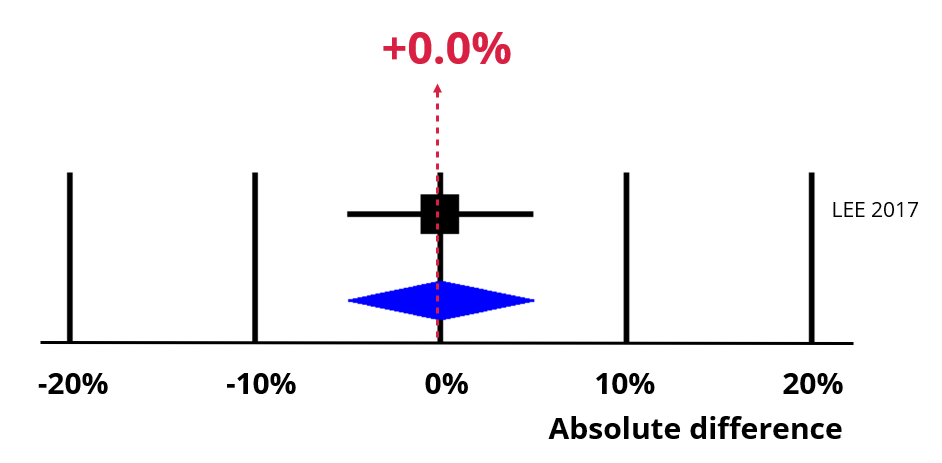A series of postcards that depict the trial logo and research institute logos are mailed out. One of the postcards has a statement similar to “look out for your invitation letter in the coming weeks…” with contact details. A week later, the standard approach to recruitment with formal invitation letters is commenced.
Using a postcard teaser campaign made little or no difference to recruitment.
An increase of 0% (95% confidence interval = -4% to 5%).
GRADE Moderate certainty.
We recommend that trialists use postcard teaser campaigns in the context of an intervention evaluation.
See Resource bundle below for details on how to implement a postcard teaser campaign.
Imagine a trial that needs to recruit 30 participants and initial recruitment is 30% of those approached. This means you’d need to approach 100 people to recruit 30 of them (see chart).

Now imagine using a postcard teaser campaign. The chart below shows the impact of an absolute increase of 0% (95% CI = -4% to 5%). Recruitment is still 30%, which means our best estimate is that 100 people would still need to be approached to recruit 30.

Trial Forge will make trials more efficient by looking for marginal gains across all trial processes, from research question to implementation into routine care. It will encourage everyone connected with trials to be more sceptical of what we do by asking for the evidence behind all of our trial decisions.